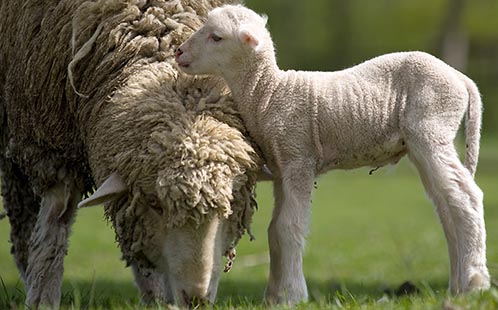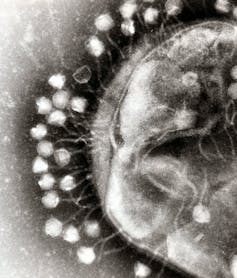
Researchers from Western Sydney University have found a new, non-invasive way to detect pregnancy in Merino sheep through the analysis of reproductive hormones in wool.
The study, supervised by Dr Edward Narayan from the University’s School of Science and Health and Stress Lab, tested wool steroid hormone levels of cortisol and progesterone in a sample of 46 maiden Merino ewes over 2017 and compared their levels during pregnancy to determine how wool derived hormones vary.
“The study represents the first long-term assessment of cortisol and progesterone levels in Merino ewes using wool as a non-invasive hormone assessment tool,” said Dr Narayan.
The results of this study correlated with steroid hormone measurements from traditional testing using blood plasma, supporting wool as a non-invasive alternative assessment tool for reproductive hormone measurement.
“Pregnancy in merino ewes elicited significant increases in wool progesterone and cortisol levels. While the progesterone levels decreased significantly after birth, cortisol levels did not. This was an interesting finding as analysis of long-term changes in cortisol levels in sheep have been difficult to obtain through blood samples, as they change at a minute scale,” said Dr Narayan.
“This field of research is very new and works off the basis that blood-borne steroid hormones are slowly incorporated into the emerging wool shaft and slowly grow out with it, reflecting the steroid level over the growth period for that sample.”
The findings of the study are a positive step towards the introduction of wool-based reproductive testing in ewes on the farm, potentially replacing other invasive and expensive techniques currently used that only provide a snapshot into hormones levels at the time of sampling.
Australian Wool Innovation, which contributed funding to the project, is Australia’s research and marketing body for the wool industry. Australian Wool Innovation’s General Manager of Research Dr Jane Littlejohn outlined the company’s focus is on improving wool sheep health, welfare and productivity, particularly healthy ewes and lambs.
“We see potential in this new measurement tool for better research where the measurement of reproduction hormones stored in the wool fibre has less impact on the sheep being studied, can reduce the cost of research and can reduce the complexity of the research,” said Dr Littlejohn.
The research was published in







